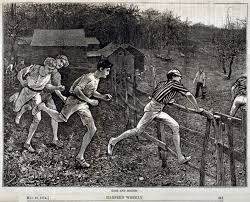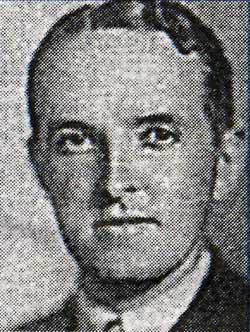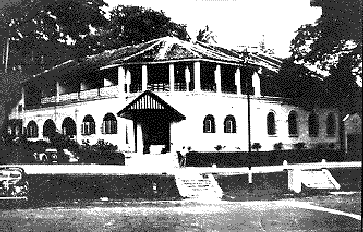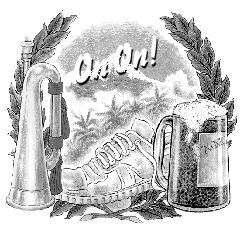Hash History
Back to Battalion
|
HILL COUNTRY HASH HOUSE HARRIERS Scott "Butt Pirate" Poston and Keri "Blue Falcon" Poston founded the Hill Country H3 on 02 Feb 01. Shannon "Trailer Trash" Locklear claims to be a co-founder; Butt Pirate will either agree or disagree with this, depending on his mood. The inaugural hash was laid in Temple, TX, with nine hashers in attendance. The hash lineage can be traced back to the "Mother Hash" in Kuala Lumpur, Malaysia.
|
GRAND MASTERS AND MATRESSES Butt Pirate - 03 Feb 01 to May 01 |
|
HASH ROOTS Hash House Harrier roots extend back to the old English schoolboy game of "Hares and Hounds" in which some players, called "hounds" chase others, called "hares" who have left a trail of paper scraps along their route across fields, hedges, streams, bogs, and hills. One of the earliest Hares and Hounds events on record was the "Crick Run" at Rugby School in Warwickshire, England, first held in 1837. Hare and Hounds as an adult sport began in the fall of 1867 with a group of London oarsmen who wanted to keep fit during the winter. Also called "Paper Chasing" or the "Paper Chase" the game became very popular after its introduction on Wimbledon Common in 1868 by the Thames Hare and Hounds. Early clubs called themselves "Hare and Hounds" or simply "Harriers." THE HASH IS BORN The Hash House Harriers as we know it today was founded in Malaya by Albert Stephen Ignatius Gispert, an English chartered accountant. A.S.I. Gispert (1903-1942) It was sometime during 1937 when Gispert (or simply "G" as he was known to his friends) acquired a taste for the paper chase with the Springgit Harriers in Malacca (also in Malaya). Shortly after being transferred by his accounting firm to Kuala Lumpur> he gathered together a number of fellow expatriate businessmen to form a harrier group. The first run was held in December 1938 and the founding members included Cecil H. Lee, Frederick "Horse" Thomson, Eric Galvin, H.M. Doig, and Ronald "Torch" Bennet.The group's name came about primarily because local authorities required legal registration of the club. While the "Kuala Lumpur Harriers" would have appeared a logical choice, "G" decided instead to use the nickname for the Selangor Club where a number of the local harriers both lived and took their meals. It seems that due to its lackluster food, the dining room was commonly referred to as the "Hash House."  The Original "Hash House," Kuala Lumpur, circa 1938 The philosophy of the original Hash House Harriers comes from a 1950 KL City club registration card:
MODERN HARRIERS Hashing in Kuala Lumpur was suspended during the World War II occupation by Japanese forces, but then reestablished after peace returned. It wasn't long before the hash began slowly spreading around the world. Former members of the original Hash House Harriers started a hash in 1947 near Milan, Italy, but it wasn't until 1962 that the next group was formed in Singapore. The Singapore Hash was gradually followed by others until in 1973 there were approximately 35 hashes in 14 countries. Harrier International Magazine (1978-1997) Subsequently, the hash began spreading like wildfire and the number of hashes soon climbed into the hundreds by the early 1980s. Today (1999) there are some 1,700 active hashes in over 180 countries, including approximately 350 in the United States. |
|